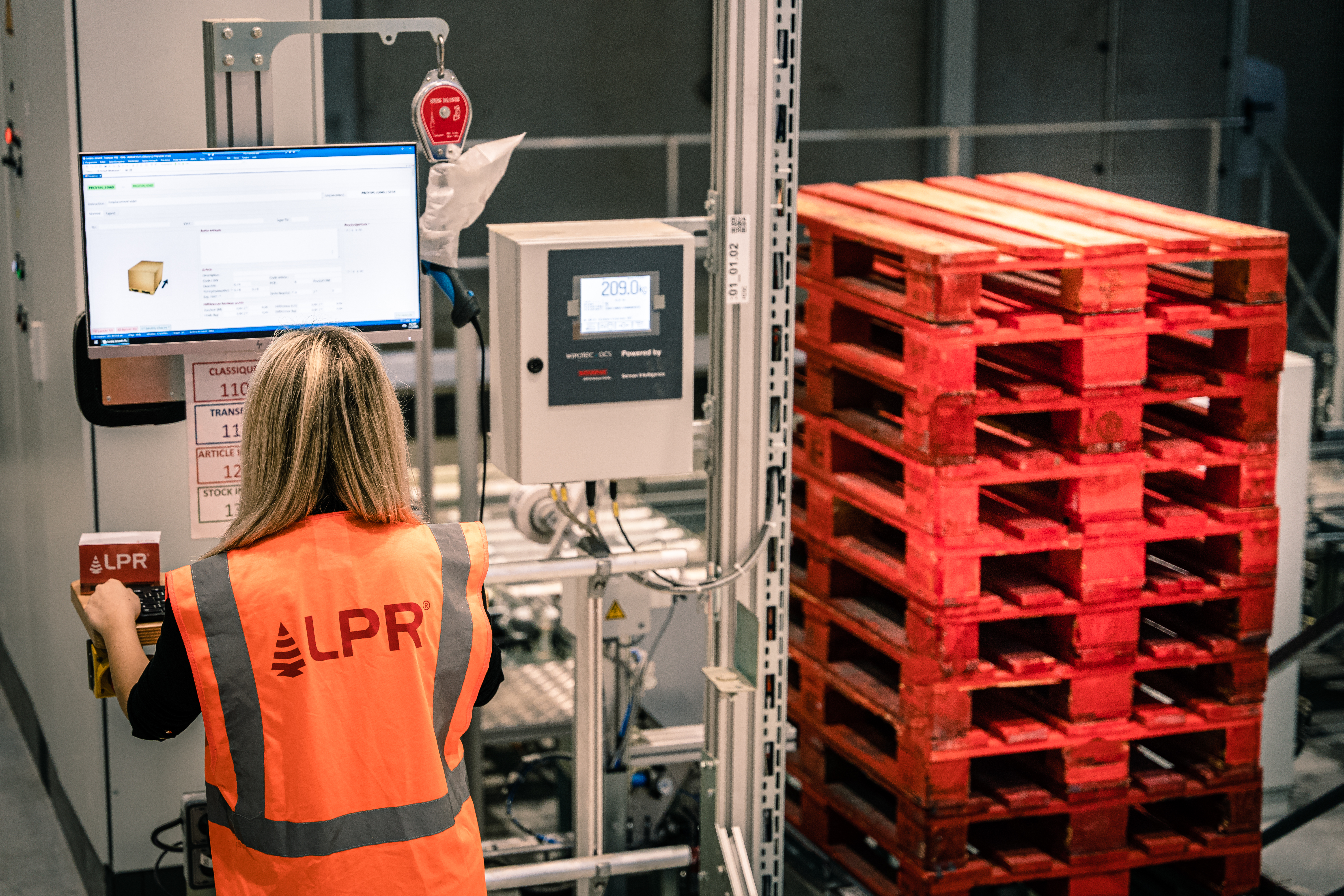Warehouse automation is the use of artificial intelligence, robotics and computer software to improve warehouse management. The main purpose of warehouse automation is to increase efficiency by optimising the workflow and therefore improving productivity.
Warehouse automation has been around since the 1950s, when IBM introduced the first automated system for loading parts into trucks at a General Motors plant in Detroit, Michigan, USA.
However, this technology only became widespread later when robots were introduced into warehouses to perform repetitive tasks, over a long period of time, without error or fatigue.
Since then, many solutions have been devised to automate warehouse management. In this article, we look at a selection of the best technologies available for your warehouses.
Quick Navigation:
I. How important is warehouse automation for logistics?
II. Machine learning algorithms
III. Automated Guided Vehicles (AGV)
IV. Management systems to automate your warehouse (WMS)
I. How important is warehouse automation for logistics?
Warehouse automation is a major factor in the growth of many businesses. Automation is key to improving warehouse productivity and efficiency, and can help reduce costs and improve customer satisfaction.
Compared to other industry operations, warehousing is one of the most expensive to operate, due to its high labour costs and reliance on manual labour processes. Automating logistics warehouses makes it possible to:
-
Reduce costs while increasing your company's productivity.
-
Reduce operator errors and increase the quality of your services (on-time delivery, etc.).
-
Replace some difficult or repetitive manual processes including reducing boredom and the risk of musculoskeletal disorders for your employees. This also allows them to focus on more complex tasks which offer higher added value to the organisation.
II. Machine learning algorithms
Machine Learning (or automated learning) algorithms software is capable of learning independently from data provided.
In the context of logistics and warehouse automation, machine learning algorithms can be used to automate tasks, optimising both warehouse and logistics operations.
Machine learning is increasingly used in warehouses, to increase efficiencies and make operations run more smoothly.
The main benefit of using a machine learning algorithm in a warehouse is that it can help the key role of fulfilling orders faster.
Being able to learn on their own, these algorithms are able to learn from past experiences, allowing them to know what to do when faced with similar situations again. As a result, warehouses are able to process orders automatically and more efficiently; and ensure that all products ordered are delivered on time, every time.
Another benefit of using machine learning algorithms in your warehouse is that they save on labour costs.
These algorithms (when coupled with physical infrastructures such as robots) are able to take over some of the tasks that operators are usually relied upon to complete (such as sorting boxes).
In summary, incorporating machine learning algorithms is an effective way to boost your productivity, whilst taking care of your employees.
III. Automated Guided Vehicles (AGV)
AGVs, or automated guided vehicles, are a type of automated transportation system that operates autonomously to deliver products and materials. They are often used within warehouses and factories to move products from one location to another.
AGVs are software controlled and can be programmed to follow a specific route, meaning no manual intervention is required from operators. In addition to saving you time and resources, AGV systems also help reduce the risk of accidents as they operate completely autonomously.
AGVs have a number of advantages over traditional handling processes, and play an important role in the automation of your warehouses:
-
Reduced labour costs: Instead of manually moving items around a warehouse or factory, you can adopt an AGV system instead. This means you can reduce overall labour costs and work strain, while improving productivity.
-
Improved safety: AGVs are fully autonomous machines that require no human interaction, so the risk of injury or accidents due to human error is reduced.
-
Increased productivity: since they need no human intervention, AGVs are able to work 24 hours a day, 7 days a week.
-
Reduced lead times: with warehouses that are growing all the time, the use of AGVs represents a significant time saving for your supply chain.
IV. Management systems to automate your warehouse (WMS)
A warehouse management system (WMS) is software used to automate the process of storing and retrieving goods in a warehouse. The WMS system includes all inventory management procedures, including receiving, storing, tracking and shipping goods.
There are numerous advantages to a warehouse management system:
-
A WMS reduces the time spent on inventory by automating the counting process. This means you can free up time for your employees to focus on other tasks, like improving customer service levels or increasing sales.
-
It allows you greater levels of stock control, and will alert you when it's time to order more stock from your suppliers. This means that you won't run out of product and avoid potential lost profits.
-
A WMS gives an overview of all supplies in your warehouse. If there is a problem with a particular product, your staff will be able to quickly identify the exact location of the problem and take appropriate action.
V. The use of palletisers
A palletiser is an automated system that uses a conveyor belt to move products onto a pallet in a neat and organised manner. It is used in industries such as food and beverage, retail, chemicals and electronics. It can also be used to stack non-palletised products ready for storage or shipping.
The benefits of using a palletiser to automate your warehouse:
-
Simplicity: your products are loaded onto the pallets in one click.
-
Accuracy: your products are always placed correctly.
-
Speed: Once the machine is installed, it runs quickly and efficiently! The machine transfers the products onto the pallets automatically, allowing your employees to focus on tasks with higher added value.
However, to work well, a palletiser must be used with quality pallets of the correct specification. A broken or faulty pallet can compromise the whole system, and create a delay in your supply chain.
To avoid automation downtime, it is important to use quality pallets.
To ensure the quality of your pallets, you could use a pallet pooling solution. Pallet pooling is a 100% outsourced pallet rental system that allows you to benefit from standardised, high-quality pallets that are ready to use in an automated system. Pallets are checked (and repaired if necessary) prior to dispatch, to ensure an optimal level of quality, removing the risk of downtime and delays in the supply chain.
Conclusion
Logistics warehouses are constantly evolving and changing to meet consumer needs. Warehouse automation is one of the biggest trends in the industry because it can help businesses save time and money while improving efficiency.
Warehouse automation can help businesses accomplish more tasks with less human intervention. This makes it possible to focus the know-how of employees on tasks with higher added value, and, as a result, reduce operating costs and increase profit.
Warehouse automation also enables 24/7 operation, which means businesses can deliver products at any time of the day or night.
Warehouse automation offers many benefits for both consumers and businesses, including faster delivery times and better inventory and warehousing management practices.
If you would like to discuss your logistics issues with our business experts, you can contact them here. You can also access our other blog articles to learn more about the supply chain and pallet pooling.


